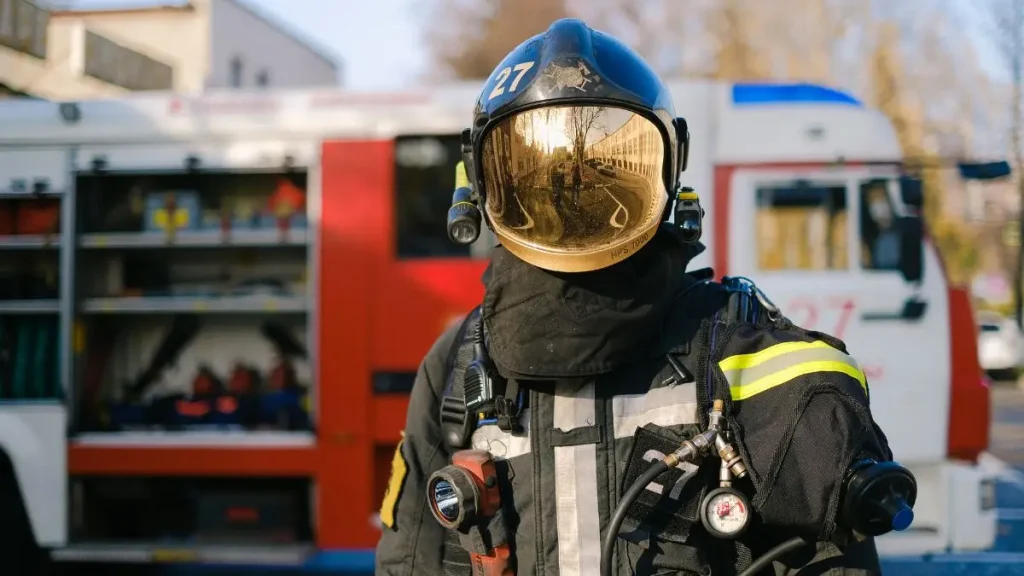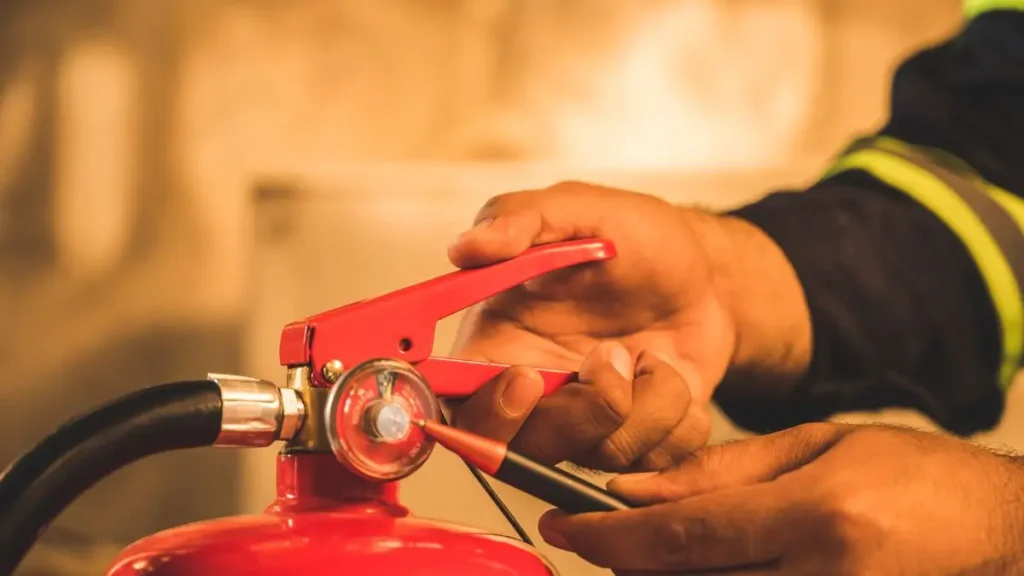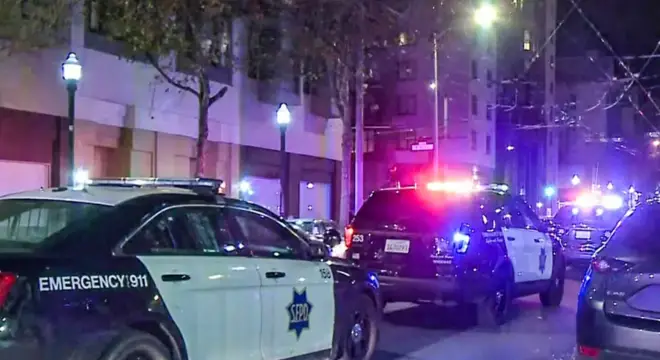Two Hospitalized Following House Fire in Indiana
I still remember reading about this fire early Tuesday morning, and it hit me how quickly things can go wrong at home. Around 10:15 a.m., fire crews were called to a house on Cypress Circle in St. Joseph County, Indiana. From what officials shared, the fire started in a second-floor bedroom, and the flames spread fast enough to trigger an urgent response—but not so fast that the entire house was lost.
I want you to imagine how tense it must have been for the residents. Within minutes, firefighters were on scene, containing the fire before it could take over the whole house. The crews acted swiftly, and thanks to their quick response, the fire was put out before it caused more damage.
Even in this short timeline, you can see how seconds matter during a house fire. It’s not just about flames; it’s about reaction, preparation, and sometimes, sheer luck. Knowing the timeline helps you understand how emergency response works and why every second counts if a fire ever happens in your own home.:
Injuries and Victim Information

According to WSBT 22, two people were sent to the hospital after the fire on Cypress Circle. Right now, the conditions of the two individuals aren’t known. But just imagining what they went through—it’s enough to make anyone pause. A fire in your home, where you feel safest, can turn moments into life-changing events.
You start realizing how fragile normal life can be. Even with quick emergency response, injuries can happen in seconds. For those of us reading this, it’s a reminder that preparation isn’t optional. Knowing escape routes, having fire alarms in every bedroom and hallway, and having an emergency kit ready can make the difference between minor injuries and something far worse.
Also, fires affect more than the immediate victims. Family members, neighbors, and even pets are caught in the chaos. Thinking about it, I find myself asking: “If this happened to me, would I be ready?” You might ask the same, and that reflection is the first step toward taking action before a fire ever occurs.
Unfortunately, severe home fires can have devastating outcomes, as seen in the Albany house fire where multiple lives were lost, highlighting the importance of preparedness.
Fire Cause and Investigation
At this point, authorities are investigating the cause of the fire. From experience covering similar incidents, it’s easy to assume the fire started from something obvious—like electrical faults, cooking accidents, or heating equipment—but investigations are thorough. They consider every angle, from wiring and appliances to how the household uses space and tools.
Understanding the cause isn’t just about curiosity—it’s about learning and preventing future tragedies. For example, knowing that unattended electronics or overloaded outlets often trigger fires can help you audit your own home. And while we wait for official updates, following statements from the St. Joseph County Fire Department, not speculation.
I also want to highlight something I rarely see covered in typical news reports: most people focus on the immediate damage, but the lessons behind each fire are where the real value lies. Recognizing common triggers and creating safer habits in your own home is something you can do today, not tomorrow.
Similar to past incidents, like the Plainfield home explosion, investigators are looking into all potential causes to understand how the fire started and prevent future tragedies.
Fire Safety Tips Every Homeowner Should Know

You might think, “I know the basics,” but trust me, there’s always room to improve. Start with smoke alarms—they’re lifesavers. Place them on every level of your home, inside bedrooms, and test them monthly. A working alarm gives you those precious seconds that could mean the difference between injury and safety.
Fire extinguishers are next. Keep one near the kitchen and another near electrical equipment. But it’s not enough to have them—they need to be accessible and functional. Make sure you and your family know how to use them; practicing can save panic-stricken moments.
Next, think about emergency escape plans. Walk through your house imagining the fastest exit from every room. Practice it. Include everyone in your household, even pets if possible. Fire drills might feel unnecessary for adults, but when seconds count, muscle memory often beats fear.
And here’s a tip many people miss: maintain an emergency contact list and keep flashlights in multiple rooms. Fires often cut power, and having a clear plan plus simple tools keeps panic in check. The small steps you take today can prevent a tragedy tomorrow.
You can also get quick home safety tips and updates directly through a dedicated WhatsApp feed—it’s a simple way to stay informed during emergencies.
Local Community Response and Support
One thing I always notice about local fires is how communities respond—even if news outlets don’t cover it in detail. While news focuses on the fire and hospitalizations, neighbors often step up in quiet, meaningful ways. Meals, temporary shelter, checking on displaced residents—these small acts matter a lot.
You can take part too. Share verified updates on social media, offer to check in on affected families, or contribute to local relief funds. Even simple gestures, like donating essentials or volunteering, create ripples of support that extend far beyond the immediate event.
I think it’s important for readers like us to remember: disasters are community experiences as much as personal ones. How we respond, help, and connect defines not just the moment but the long-term recovery. Reading about this incident, I feel a responsibility to look around my own neighborhood and consider how I could help if something similar happened.
Community efforts and awareness can make a huge difference in emergencies, just as residents rallied after the Minneapolis house fire, supporting affected families and helping prevent further harm.
Key Takeaways and Next Steps
Here’s the bottom line: fires can start unexpectedly, affect lives immediately, and leave lasting impacts on families and communities. Awareness alone isn’t enough—you have to act. Check your smoke detectors, inspect electrical outlets, and make sure your family knows the escape plan.
One thing I encourage you to do today: walk through your home imagining a fire scenario. Where are your exits? Do you have a fire extinguisher handy? Could everyone, including kids and elderly members, safely evacuate? It might feel like over-preparation, but in moments like the Cypress Circle fire, preparation matters more than luck.
I’d love to know—after reading about this fire, what’s the first step you’ll take to make your home safer? Sharing it could spark someone else to act, and that ripple effect might just save a life.
For more stories about home safety and local incidents, check out our Home Incidents section—it’s full of practical tips and real-life lessons.
Disclaimer: The information in this article is based on reports and local authorities at the time of publication. Details, including the condition of those injured and the cause of the fire, may change as investigations continue. This content is for informational purposes only and should not replace official guidance or emergency advice.


